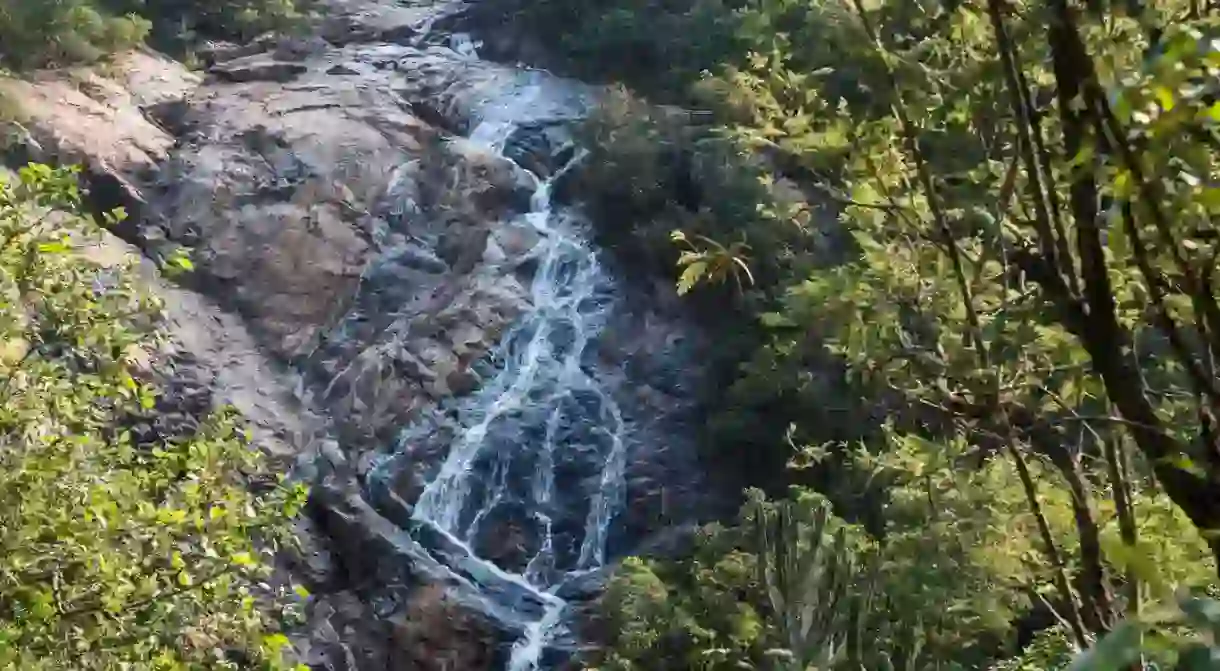A Traveller's Guide to eSwatini's Hhohho Region

Located in the western part of eSwatini, the Hhohho region is known for its beautiful landscapes, and many believe it has the most stunning scenery, not only in this country, but in any part of southern Africa. Here’s Culture Trip’s guide to the key attractions in this region.
Things to do
Visit Pigg’s Peak

Named after gold prospector William Pigg, Pigg’s Peak was a gold-mining town until the 1950s. The small, picturesque town, set amidst the forests, is a convenient stopping point for travellers driving to the capital city, Mbabane, from Kruger National Park in South Africa. If the remarkable scenery isn’t enough to keep you entertained, Pigg’s Peak also has a five-star resort and casino.
Hike in Phophonyane Nature Reserve

This private nature reserve, just north of Pigg’s Peak, is bursting with nature. Home to a wide variety of wildlife, including 240 recorded species of birds, banded mongooses and vervet monkeys, it’s a paradise for lovers of the outdoors. Explore its peaceful trails to visit the Phophonyane river and waterfall. Legend has it that a handsome Swati warrior trespassed on this spot while hunting for a leopard to present to a beautiful maiden as a symbol of his love. The warrior was caught by resident witches, who punished him by turning him into a white flower, destined to bloom and die on the mountainside for all eternity. When he did not return, his beloved shed so many tears they created the Phophonyane Falls.
Climb eSwatini’s highest peak
The village of Bulembu, just west of Pigg’s Peak, is nestled at the foot of Emlembe mountain and near a now-defunct asbestos mine. There are several hiking trails from Bulembu, including the challenging climb to the 1,850-metre (6,070-foot) summit of eSwatini’s highest peak, Emlembe. The breathtaking views from the top are well worth the arduous hike.
Learn about Bulembu’s mining history
For those keen to learn more about the historic mining town of Bulembu, a trip to the Bulembu Museum is in order. The museum gives an overview of the town’s history of asbestos mining, alongside a display of antique mining equipment.
Take a trip to Nywenga Mine
Nywenga, the siSwati word for ‘crocodile’, is a mountain that is said to resemble a croc. Here, you’ll find the world’s oldest mine, where early settlers mined red iron ore 43,000 years ago. As well as visiting the ancient mine and enjoying the views from the mountain, travellers can learn about the country’s geology and mining history at the Ngwenya Mine Visitor Centre.
See the Maguga Dam

The Maguga Dam is eSwatini’s largest reservoir. While the dam was built for agricultural purposes, it has become a tourist attraction in its own right, with people travelling to admire its majestic blue waters. Fishing and boat trips are available, and it’s even possible to hire a houseboat.
Walk in the Malolotja Hills
Malolotja Nature Reserve is an enormous hiking haven. The largest protected area in eSwatini, Malolotja’s picturesque rolling hills, abundance of wildlife and plethora of birds, including the endangered blue swallow, all add to its charm.
Watch glass being made

The renowned Ngwenya Glass, which has been in operation in eSwatini for over 30 years, is located in the Hhohho region. Pop into the factory complex to watch local craftspeople blowing glass and take away your own glasses, vases, jugs or ornamental African animals as souvenirs of your visit. The factory tries to be as eco-friendly as possible: it uses 100% recycled glass, runs an indigenous tree-planting programme and uses purified engine oil and cooking oil to power its furnaces!
Check out Mbabane market
Mbabane, the country’s capital city and the administrative hub for Hhohho, is well known for its market. Pop in just to soak up the atmosphere or to haggle with the ‘market mamas’ over a locally made souvenir to take home with you.
How to get there
The main route into eSwatini is across the South African border by Kruger National Park and into the Hhohho region through the Pigg’s Peak area. It’s relatively easy for tourists with a hire car to drive across the border, as many nationalities, including Brits, can enter without a visa. Organised coach tours combining South Africa and eSwatini are also a popular way of visiting the country.
Insider’s tips
Learn some local phrases
While SiSwati is a challenging language for English speakers to get the hang of, the locals will be really impressed if you try to use a few simple phrases in their language.
Support local charities through your souvenirs
Ngwenya Glass gives a percentage of its sales to a range of local charities, so picking up a souvenir here will not only be a nice memento of your trip, but also helps local orphanages, wildlife funds and HIV/Aids programmes.













